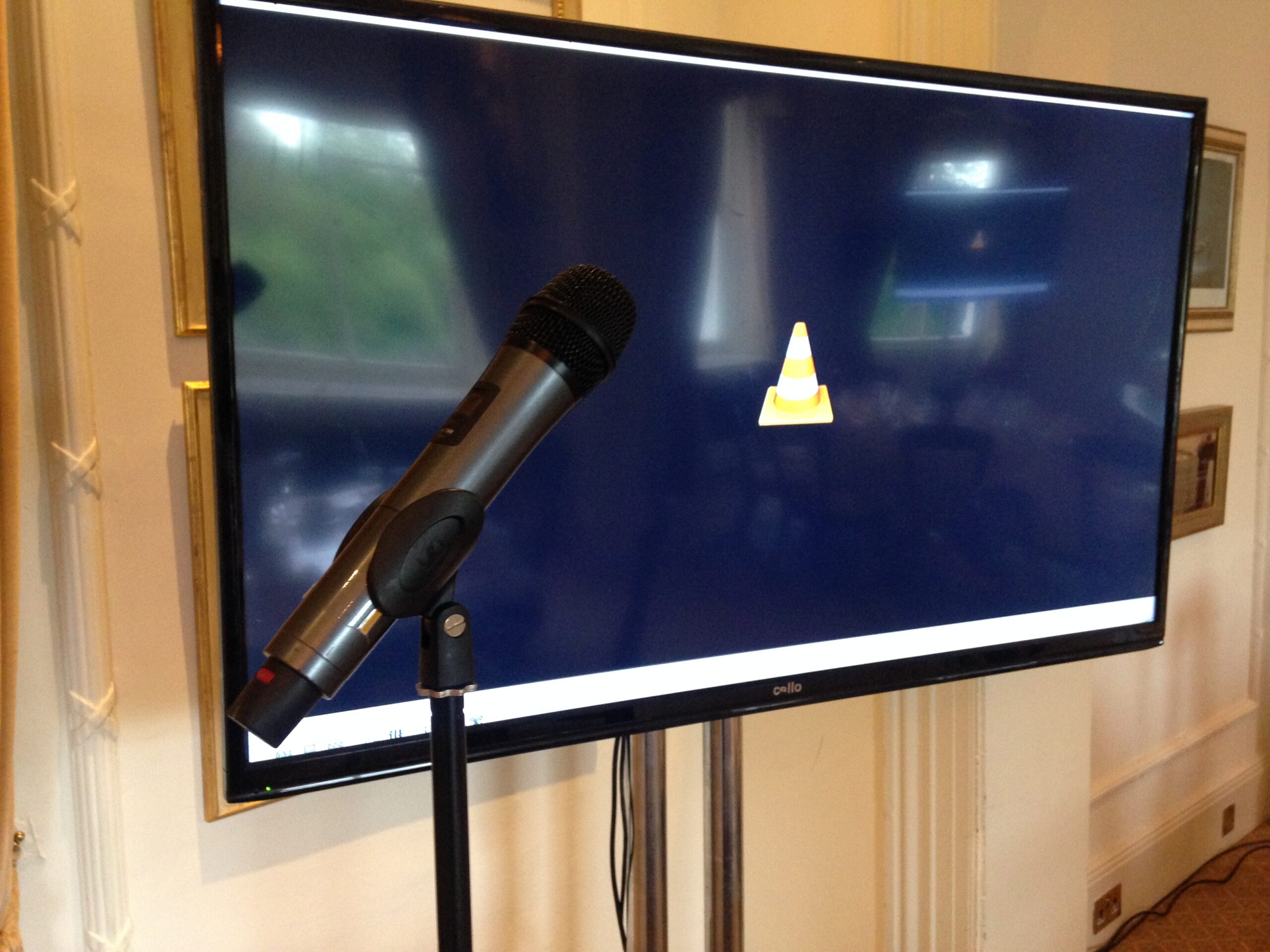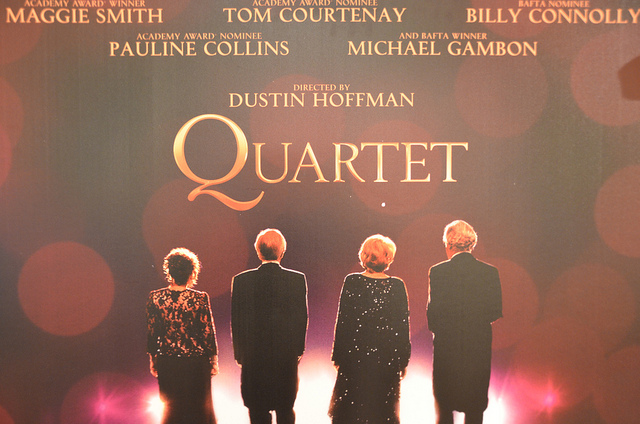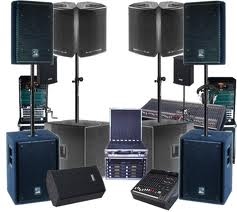Cinema projectors are devices that display motion picture film or digital images onto a large screen for public viewing. They have evolved from the early experiments with magic lanterns and zoopraxiscope in the 19th century to the modern digital cinema projectors that use high-resolution lasers and LEDs.
The first cinema projector that used film was the Cinématographe, invented by the Lumière brothers in 1895. It was a hand-cranked device that could record, develop, and project film. The Cinématographe used 35 mm film with perforations on both sides, which allowed for a more stable and smooth projection. The Lumière brothers showed their first public screening of short films in Paris on December 28, 1895, which is considered the birth of cinema.
In the early 20th century, cinema projectors improved in terms of brightness, speed, sound synchronization, and image quality. Some of the notable innovations were:
- The introduction of carbon arc lamps, which produced a brighter and more consistent light than oil lamps or incandescent bulbs.
- The development of variable speed motors, which enabled the projection of films at different frame rates, such as 16, 18, or 24 frames per second.
- The invention of optical soundtracks, which recorded sound waves as variable-width lines on the edge of the film strip, and could be read by a photoelectric cell attached to the projector.
- The adoption of widescreen formats, such as CinemaScope and Cinerama, which used anamorphic lenses or multiple projectors to create a wider and more immersive image on the screen.
In the 1960s, cinema projectors underwent a major transition from film to digital technology. The first digital projector was demonstrated by Texas Instruments in 1968, using an array of tiny mirrors that reflected light onto the screen. This technology was later refined and commercialized as the Digital Light Processing (DLP) projector, which became widely used in cinemas and home theaters.
The advantages of digital projectors over film projectors were:
- They eliminated the need for physical film prints, which were expensive to produce, transport, and store.
- They reduced the risk of damage, wear, and tear on the film, which could cause scratches, dust, or fading on the image.
- They allowed for higher resolution, contrast, color accuracy, and brightness on the screen.
- They enabled the delivery and distribution of films via satellite or hard drives, which increased the availability and security of content.
In the 2000s, cinema projectors became more standardized and compliant with the Digital Cinema Initiatives (DCI) specifications, which defined the technical requirements for digital cinema systems. These specifications included:
- The use of JPEG 2000 compression format for encoding and decoding images.
- The use of AES encryption and forensic watermarking for protecting and tracking content.
- The use of MXF packaging format for storing and transferring content.
- The use of SMPTE subtitles and closed captions for displaying text on the screen.
In addition to DLP projectors, other types of digital projectors emerged in the market, such as liquid crystal display (LCD) projectors and liquid crystal on silicon (LCoS) projectors. These projectors used different methods of modulating light through liquid crystals to create images on the screen.
In recent years, cinema projectors have advanced further in terms of performance and innovation. Some of the current trends are:
- The use of laser or LED light sources, which offer higher brightness, lower power consumption, longer lifespan, and wider color gamut than traditional lamps.
- The use of high dynamic range (HDR) technology, which enhances the contrast and detail of dark and bright areas on the screen.
- The use of high frame rate (HFR) technology, which increases the smoothness and realism of motion on the screen.
- The use of immersive audio formats, such as Dolby Atmos and DTS:X, which create a three-dimensional sound field around the audience.
- The use of remote automation systems, which allow for centralized control and monitoring of multiple projectors across different locations.
As you can see, cinema projectors have come a long way since their inception. They have transformed from mechanical devices to sophisticated digital systems that deliver stunning visual and auditory experiences to millions of viewers around the world. I hope you enjoyed learning about their history and evolution. . https://en.wikipedia.org/wiki/Movie_projector.
(2) The Fascinating History of Projectors (How We Got Here). https://projectorstab.com/history-of-projector/.
(3) The History of Old Film Projectors and Where To Buy One in 2023. https://www.capture.com/blogs/film/old-film-projector.
(4) History of film – Edison, Lumiere Bros, Cinematography. https://www.britannica.com/art/history-of-the-motion-picture/Edison-and-the-Lumiere-brothers.
(5) A short history of projection – Dataton. https://newsandviews.dataton.com/a-short-history-of-projection.
(6) KDKinotec Cinema Projection Technical service engineers. https://www.kdkinotec.co.uk/.
(7) DCP Digital cinema installation And Engineers DCP projectors and Cinema. https://www.proscreens.co.uk/installation-digital-cinema-service/.
(8) DCP Cinema projector hire | DCP Cinema Projector Hire. https://www.proscreens.co.uk/dcp-cinema-projector-hire/.




